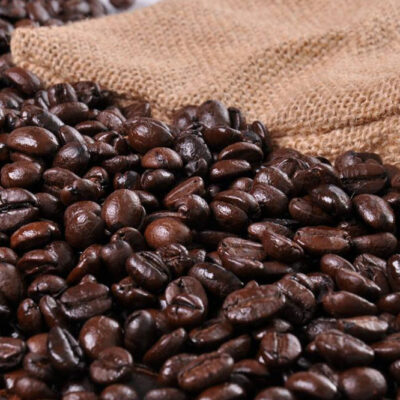
The Driver’s Safety Checklist
Before you take your car out, be it for a quick drive to the grocery store or for a long trip, it is not enough to merely check the fuel gauge to assess the quantity for fuel left in the car. One of the most important things you can do, not just for the safety of the car, but more importantly the safety for yourself and the others on the road, is to check your tires and make sure they are in a condition good enough for a drive and back.
Before you get behind the wheel of your car, there are quick steps you can take to ensure your tires are in good condition. Here are a few things you need to check regarding the safety of your car tires.
Tread
It is of utmost importance to check your tread depth. Tread depth ensures that your car tires have a good grip on the road surface, and you can accelerate and brake with appropriate force, especially in snowy, wet, slippery weather conditions. One of the easiest ways to measure the depth of the tread is by placing a penny on the ground, Lincoln’s head facing up, and driving the tire of the car over it. If the head disappears into the ground, the tread depth is perfect. Make sure all four tires are tested. Also, test all four tires with the penny on various spots of the tire so you’ll know if the tire is wearing out evenly. If the head does not disappear into the ground, it is time to replace the tires. Until you get them replaced, do not go on long trips and make sure you use your vehicle sparingly. If each tire measures a different tread depth within the acceptable range, the tires might need to be aligned. Inconsistent measurements between all four tires could also indicate that the car needs a tire rotation for its safety. While doing this penny test, also make sure that there are no metal or fabric pieces sticking out of the tire.
Cracks and Bumps
With wear and tear of the rubber, tires eventually begin to crack. Fine cracks on the rubber are normal though one should keep an eye on the cracks to see if they get any worse. Wide cracks on the belt or the fabric of the tire indicate that the tire needs to be replaced. A tire should also be replaced if there are wide cracks on the sidewall that expose the inner layers of the tire or if the tread is separated from the body of the tire. A crack is considered wide if you can fit the corner of a credit card in it. Before getting behind the wheel of the car, also make sure that there are no bumps, bulges, punctures or objects on the tires.
Pressure
In order to ensure a smooth ride and to ensure your car is safe to give the best possible mileage, check to see if the inflation pressure on your tires is as per the standards required for the car. Optimal tire pressure improves the performance of the car, gives it great traction and ensures that the driver has better control of the steering wheel and the car, in general.


